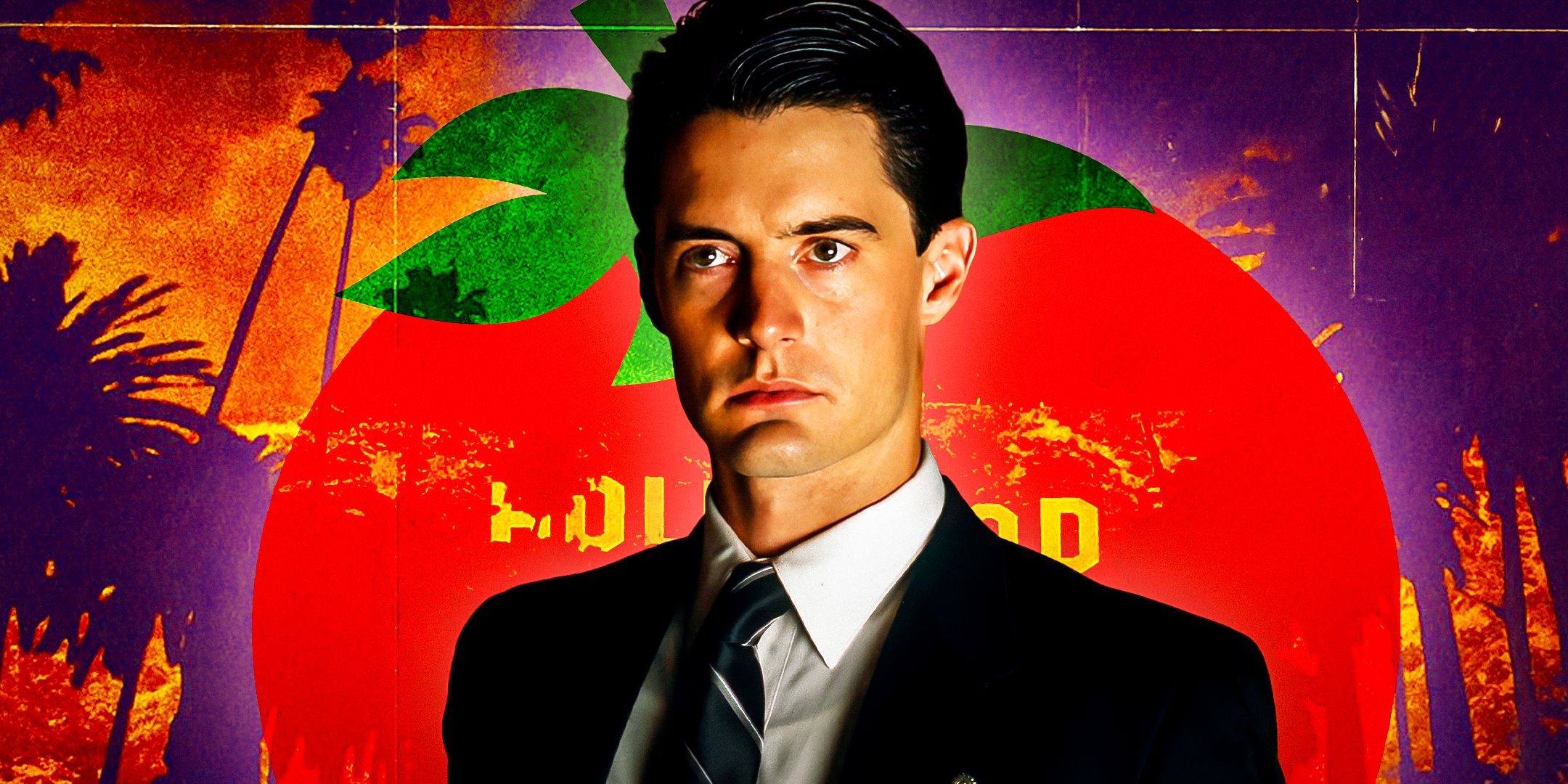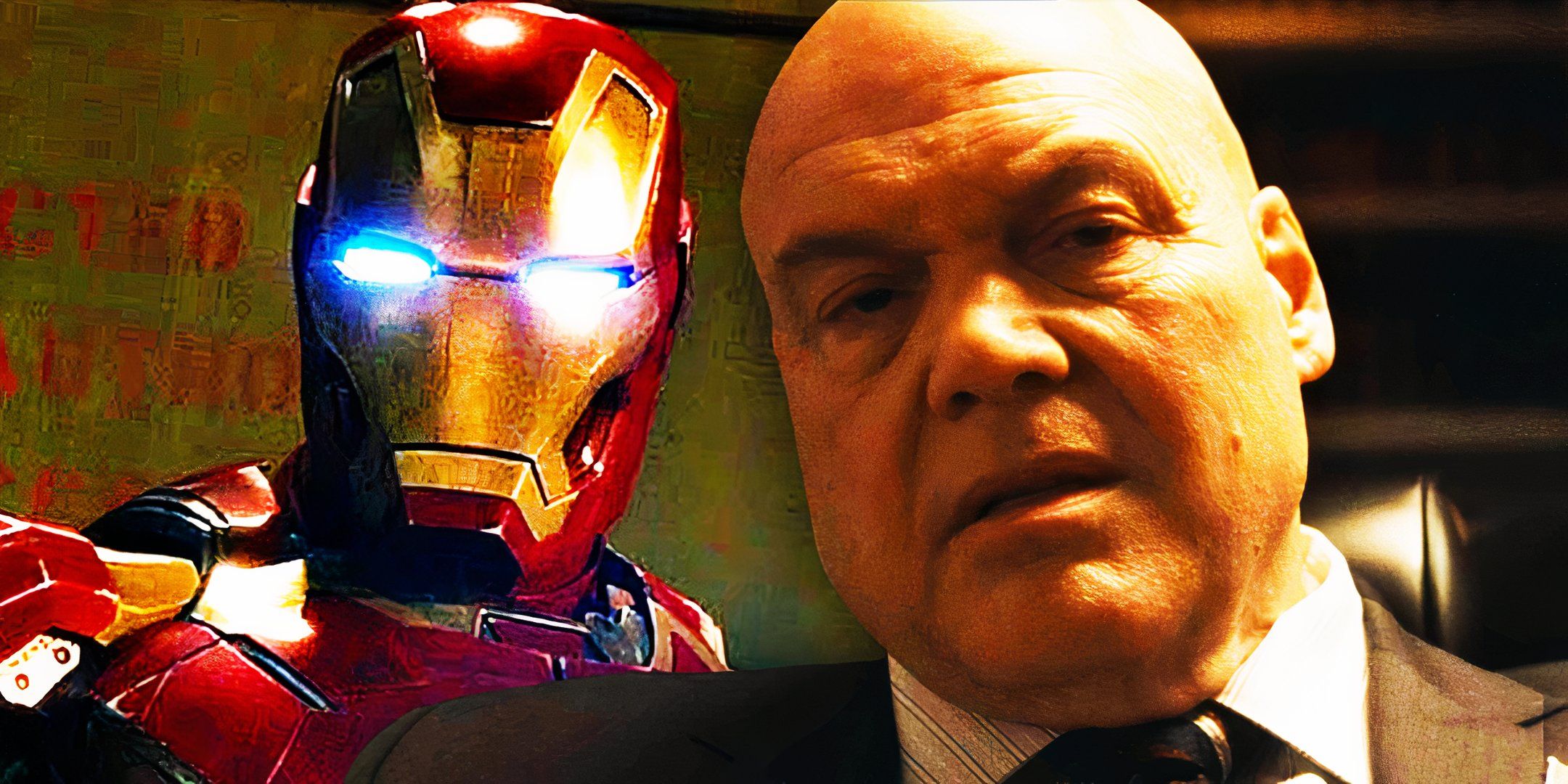It Blows My Mind That This Movie With 84% On RT Was Originally A Twin Peaks Spinoff
Summary Mulholland Drive has surprising connections to Twin Peaks, as it was originally intended to be a spinoff.
Mark Frost confirmed the connection in his book, revealing the initial plans for the movie.
Stylistic and thematic connections between Mulholland Drive and Twin Peaks are apparent in various elements.
Knowing its origin story and surprising connection to Twin Peaks makes rewatching Mulholland Drive – a movie I adore so much that, on a visit to Toronto, I went to TIFF specifically to see a 35mm screening – even more satisfying. David Lynch, while not a fan service director, had Easter eggs in mind during the project, even writing a list of clues for the Mulholland Drive DVD leaflet. While typically Lynchian in their ambiguity, these details reveal a surprising amount about the 2001 thriller's origins.
The confirmation that there is a Twin Peaks link to the mind-bending masterpiece seems obvious in retrospect. I thought it was simply a stylistic thread, as Lynch does like to reuse ideas and images throughout his work – but some have theorized that Laura and Ronette even appear in Mulholland Drive. On closer inspection, it's clear that the movie’s origin story provides even more connections to Twin Peaks than I certainly realized when I first fell in love with the film.
Mulholland Drive Was Originally Going To Be A Twin Peaks Spinoff
Mark Frost Confirmed The Connection In An Insightful Book
Close
While some had already speculated that Mulholland Drive and Twin Peaks might be connected, Mark Frost confirmed this in a book, Conversations with Mark Frost. Incidentally, this was written by David Bushman, co-writer of Murder at Teal’s Pond, the real-life murder case that inspired Twin Peaks. In Conversations, Frost revealed:
“I lived on Mulholland Drive at the time. I thought it was a great title, and we had considered spinning off the Audrey character and setting her loose in Hollywood, in a modern noir. We had very preliminary talks; it drifted away, and then six years later, I hear it’s going to be a pilot at ABC.” Conversations with Mark Frost: Twin Peaks, Hill Street Blues, and the Education of a Writer
Of course, this never happened. Frost speculated that this was because "Fire Walk With Me had flopped, and that put a stake in the heart of Twin Peaks.” Lynch reworked the pilot as a movie of the same name – with an original character in Audrey’s place.
The unrealized spinoff makes it clear in retrospect that they always intended Audrey to survive the explosion at the end of season 2, which was never clarified until Frost’s The Final Dossier in 2017. It wasn’t the only bizarre exit of Twin Peaks season 2. Like many Twin Peaks fans, Audrey was among my favorite characters – it would have been great to see her put in this very different context, away from the Douglas firs of her hometown to the palm trees of LA. That being said, the result of its rejection stands strong as one of Lynch’s greatest films.
References In Mulholland Drive Further Link It To Twin Peaks
The Two Stories Are Full Of Stylistic And Thematic Connections
Close
Betty/Diane’s cartoonishly naïve, optimistic veneer and hidden disillusionment is tragically comparable to Laura Palmer. Another duality is Betty and Rita’s contrasting hair – Lynch’s classic noir sensibility, undermined by having Betty cut and bleach Rita’s as a disguise. Sherilyn Fenn once mentioned that she intended to bleach hers before season 3 was confirmed and Lynch coyly said, "That’s interesting, and I’ll tell you why someday," (via Reddit). I can only speculate that he saw the irony. Audrey, written specifically for Fenn, was always a kind of mirror to Laura, muddying the duality of "good girls" and "bad girls".
A further parallel is Lynch’s color choices. In Fire Walk With Me, he uses "Blue Rose” symbolism, expanded on in The Return. Blue is used as a shorthand for the paranormal, with Blue Rose cases being the Twin Peaks equivalent of so-called "X Files". Lynch reportedly banned blue props in Twin Peaks (Slate), which added to its warm, complicatedly nostalgic setting. I would also argue he used it sparingly with lighting to retain its significance, drawing attention to spiritual transition and the unnatural. He reuses this in the form of the blue-haired lady in the liminal Club Silencio in Mulholland Drive.
There’s an exception to the rule, too. The psychiatrist of Twin Peaks, Dr Jacoby, has red and blue glasses. In The Secret History of Twin Peaks, this is revealed to encourage the integration of the logical and intuitive sides of the brain. Living with duality and integrating traumatic experiences is a key struggle in both Twin Peaks and Mulholland Drive.
The Mulholland Drive Connection Could Explain Audrey's Character In The Return
Audrey's Character In The Return Is Both Meta And Self-Referential
Close
Knowing the connection between Mulholland Drive and Twin Peaks makes Audrey’s character in Twin Peaks: The Return even more sad. Her life in season 3 doesn’t remotely resemble the life of "international intrigue" she saw for herself as a bright, curious young woman in the original series. This hits home even more considering the spinoff adventure that could have been. In The Return, Audrey is pointedly unmoored – her troubled character could also reflect behind-the-scenes tensions about her character treatment. Fenn persuaded Lynch to completely rewrite her role in the return, which he later admitted she was right to (via Fox 59).
Dancing is used as a springboard for escape both in Mulholland Drive’s jitterbug contest and Audrey’s metatextual connection to Badalamenti’s soundtrack...
Audrey’s dance is an example of how she seems stuck in a loop. Dancing is used as a springboard for escape both in Mulholland Drive’s jitterbug contest and Audrey’s metatextual connection to Badalamenti’s soundtrack ("Isn’t it too dreamy?") as she sways in the RR. In The Return, an unhappy, bitter Audrey has dancing as her momentary happy place, a hypnotic and escapist reaffirmation of her former identity. Her lines in The Return encapsulate this: "Who am I supposed to trust but myself? And I don't even know who I am! So what the f*** am I supposed to do?!"
The ironically titled Return explores the characters many years later and refuses to bow to nostalgia. There can never be a true return to Twin Peaks, which changed TV forever, or who these characters were before. For Audrey, the exploration is, I think, who she is without Dale Cooper. She’s untethered without her intended story – she had a romance storyline with Dale that changed behind the scenes and a spinoff that never happened. Her crash back into reality by the end of the series mirrors Betty’s rude awakening as the disappointed, disillusioned Diane at the end of Mulholland Drive.
Source: Conversations with Mark Frost, The Final Dossier, Reddit, Slate, The Secret History of Twin Peaks, Fox 59











COMMENTS